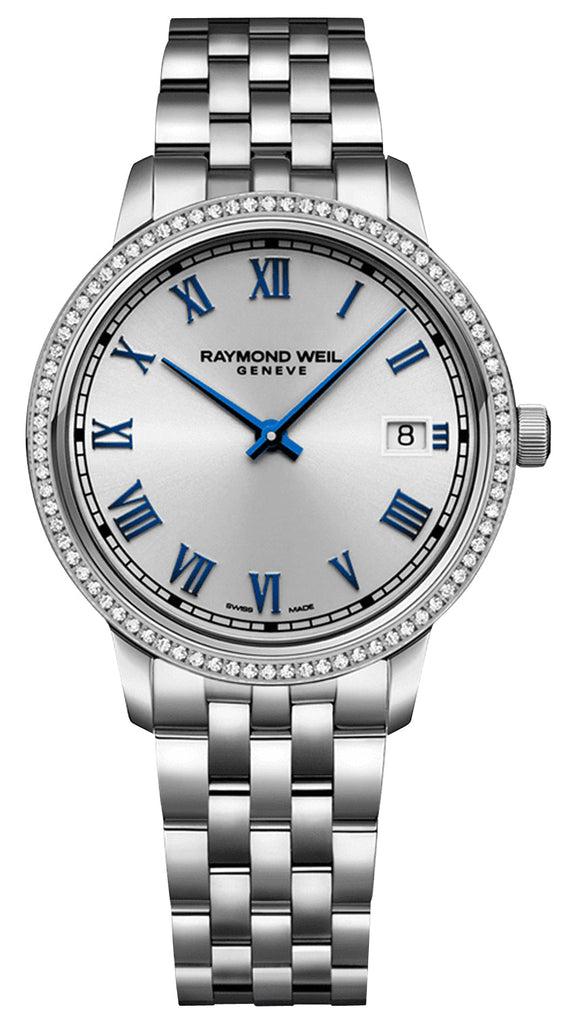Overview of Water Conservation
Water conservation is a critical practice that aims to reduce the amount of water used and wasted in various settings. It involves implementing strategies and technologies to efficiently manage water resources and minimize water consumption. The importance of water conservation cannot be overstated, especially in the face of increasing water scarcity and growing environmental concerns. By conserving water, individuals, communities, and businesses can help preserve this precious natural resource for future generations.
Businesses, in particular, play a significant role in water conservation efforts due to their substantial water usage in daily operations. Implementing water conservation measures is not only beneficial for the environment but can also lead to cost savings and improved sustainability practices. As businesses strive to meet their corporate social responsibility goals and reduce their environmental footprint, integrating water conservation into their operations becomes increasingly essential.
Importance of Water Conservation in Commercial Settings
Water conservation in commercial settings plays a pivotal role in sustainable business operations. Embracing water-saving practices not only reduces operating costs but also demonstrates a commitment to environmental responsibility. By implementing water conservation measures, businesses can contribute positively to the preservation of natural resources and help mitigate the impacts of water scarcity.
Water conservation in commercial settings aligns with corporate social responsibility goals and enhances the overall reputation of a business. Customers and stakeholders increasingly value companies that prioritize sustainability, making water conservation a key aspect of a company’s brand identity. By integrating efficient water management strategies into daily operations, businesses can foster a culture of environmental stewardship and differentiate themselves in the market.
Challenges in Water Conservation for Businesses
Water conservation presents a significant challenge for businesses across various industries. One of the main hurdles faced by businesses is the initial cost of implementing water conservation measures. While the long-term savings are evident, the upfront investment required for installing efficient water-saving systems can deter some businesses from taking action.
Another challenge businesses face in water conservation is the lack of awareness and education regarding the available technologies and best practices. Many businesses may not have the necessary knowledge or expertise to identify the most effective water conservation strategies for their specific operations. This gap in understanding can hinder the adoption of sustainable water practices and limit the overall impact of conservation efforts within commercial settings.
Benefits of Using Reverse Osmosis Systems for Water Conservation
Reverse osmosis systems offer significant benefits for water conservation in commercial settings. One key advantage is their high level of efficiency in removing contaminants and impurities from water, resulting in a higher quality of water for various applications. By utilizing reverse osmosis systems, businesses can reduce their overall water consumption and minimize the need for expensive water treatment solutions.
Reverse osmosis systems help businesses save money in the long run by decreasing their reliance on costly bottled water and reducing the frequency of maintenance and repairs for plumbing systems. With improved water quality from reverse osmosis systems, businesses can also enhance the performance and longevity of equipment that relies on water, such as boilers, cooling towers, and irrigation systems. Ultimately, the use of reverse osmosis systems promotes sustainability practices and contributes to a more eco-friendly operation for commercial establishments.
Understanding How Reverse Osmosis Systems Work
Reverse osmosis systems are a type of water filtration technology that works by forcing water through a semipermeable membrane to remove impurities and contaminants. The semipermeable membrane allows water molecules to pass through while blocking larger molecules such as minerals, salts, and other impurities. This process helps to purify the water and produce clean, drinkable water for various applications.
During the reverse osmosis process, water is pushed through the membrane under pressure, forcing the clean water molecules to pass through while leaving behind impurities on the other side of the membrane. This results in a separation of clean water from contaminants, providing businesses with a reliable method for water purification. Reverse osmosis systems are effective in removing a wide range of pollutants, making them a popular choice for commercial and industrial water treatment applications.
Factors to Consider When Choosing a Commercial Reverse Osmosis System
When choosing a commercial reverse osmosis system, one crucial factor to consider is the system’s capacity. The system should be able to accommodate the water usage demands of your business while still efficiently removing contaminants. It is essential to assess your water usage patterns and select a system that can handle your volume requirements effectively.
Another important consideration when choosing a commercial reverse osmosis system is the system’s efficiency and water wastage. Look for systems that have a high recovery rate to minimize water wastage during the filtration process. Consider the energy efficiency of the system to ensure that it operates cost-effectively while conserving water. Evaluating these factors will help you choose a commercial reverse osmosis system that is both effective in water purification and sustainable in the long run.
Case Studies of Successful Water Conservation with Reverse Osmosis Systems
In a manufacturing plant located in the Midwest, the implementation of a commercial reverse osmosis system led to a significant reduction in water usage. By utilizing the system to recycle and purify water used in their production processes, the plant was able to cut down on their overall water consumption by 35%. This not only resulted in cost savings for the company but also contributed to their environmental sustainability efforts.
Another successful case study comes from a hospitality chain that integrated reverse osmosis systems in their hotels across multiple locations. By treating and reusing water from laundry operations, cooling systems, and guest amenities, the chain saw a decrease in water consumption by 50% within the first year of implementation. This not only aligned with their corporate social responsibility goals but also enhanced their reputation as a sustainable and eco-conscious brand in the eyes of their customers.
Maintenance and Upkeep of Commercial Reverse Osmosis Systems
Regular maintenance and upkeep of commercial reverse osmosis systems are crucial to ensure optimal performance and longevity. One key aspect of maintenance is replacing filters and membranes according to manufacturer recommendations. This helps prevent contaminants from building up and maintains the efficiency of the system in removing impurities from the water.
In addition to filter replacements, routine inspections of the system for any leaks, unusual noises, or changes in water quality are essential. By promptly addressing any issues that arise, businesses can prevent more significant problems down the line and ensure that their reverse osmosis system continues to operate effectively. Regular maintenance not only prolongs the lifespan of the system but also helps businesses achieve their water conservation goals efficiently.
Tips for Maximizing Water Conservation with Reverse Osmosis Systems
When looking to maximize water conservation with reverse osmosis systems, it is essential to regularly monitor and maintain the system. Check for any leaks, pressure drops, or unusual noises that could indicate a problem. By addressing issues promptly, you can ensure that your system operates efficiently and effectively, saving water in the process.
Another tip for maximizing water conservation is to optimize the system’s performance by regularly cleaning and replacing filters. Over time, filters can become clogged with contaminants, reducing the system’s efficiency. By following the manufacturer’s recommendations for filter maintenance, you can maintain the system’s effectiveness and minimize water wastage.
Future Trends in Commercial Water Conservation Technology
As businesses continue to prioritize sustainability, future trends in commercial water conservation technology are set to revolutionize the way companies manage their water usage. One of the key advancements on the horizon is the integration of smart water meters and sensors, allowing businesses to monitor and analyze their water consumption in real-time. This data-driven approach will enable more precise identification of areas where water conservation efforts can be optimized, leading to greater overall efficiency in water usage.
Another emerging trend in commercial water conservation technology is the adoption of innovative water recycling systems. By implementing advanced filtration and purification technologies, businesses can treat and reuse wastewater within their facilities, reducing their reliance on fresh water sources. This not only helps to conserve water but also minimizes the environmental impact of industrial processes, aligning business operations with sustainable practices for the future.






